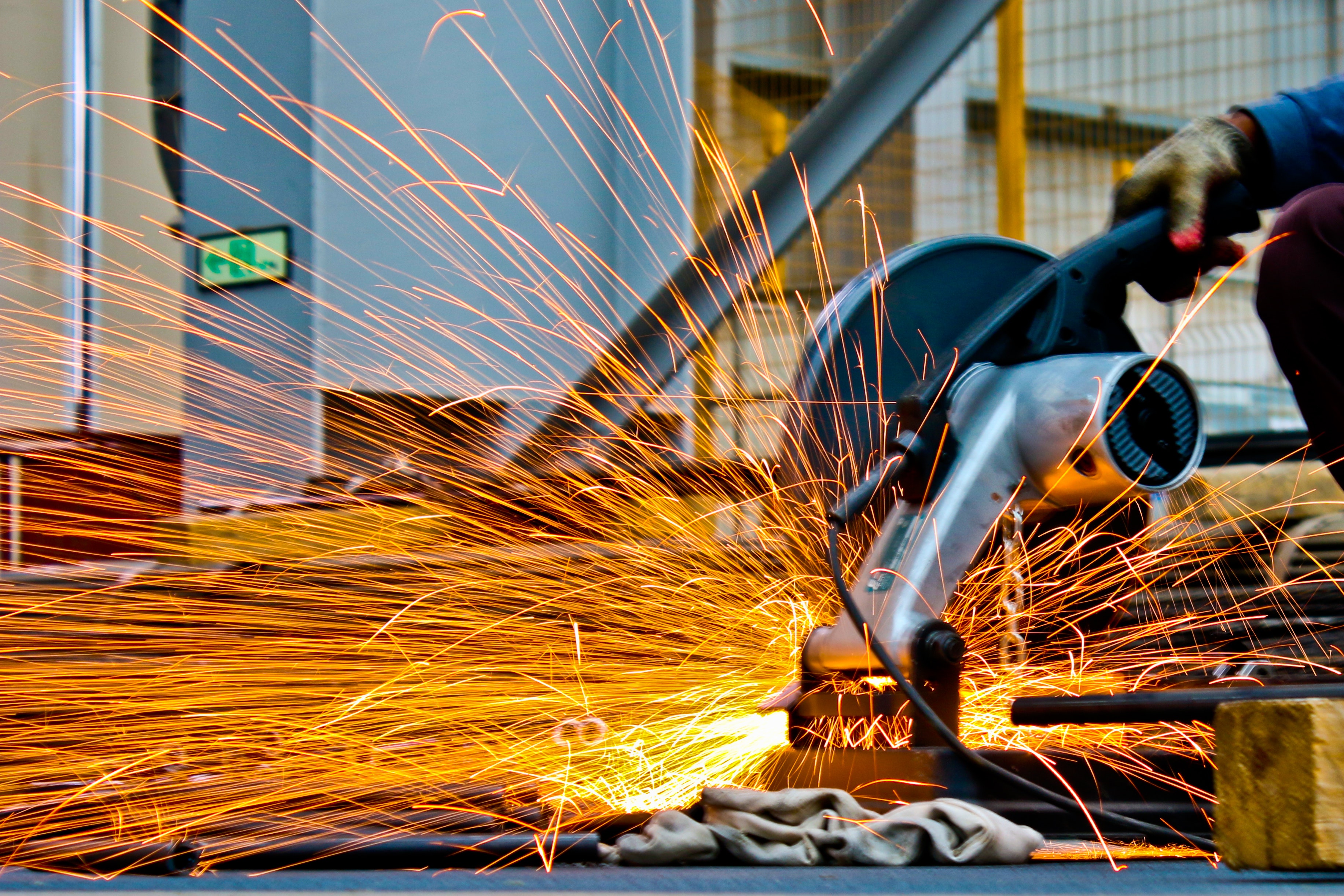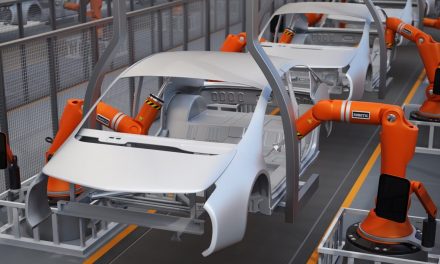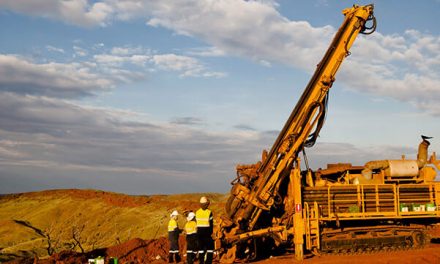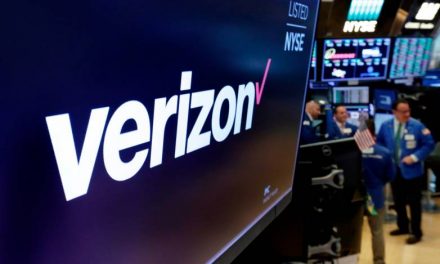Manufacturing jobs earned net gains of about 284,000 in 2018, the strongest since 1997.
With the industry being President Trump’s priority, manufacturing had marked hiring with about 32,000 additional jobs in December. Labor Department stated in their release that most of its gains took place in blue-collar durable goods, with particular growth in computer and electronics as well as fabricated metals.
Durable goods are those items that have three years’ life expectancy or even more, which include machinery, furniture, and automobile.
Back in 2017, manufacturing was able to add 207,000 jobs.
Dr. Chad Moutray, National Association of Manufacturers’ chief economist, stated that manufacturers could bring back people to the workforce, which he says, needs to be maintained. According to him, the industry is experiencing a workforce crisis wherein more than 500,000 jobs currently open, and around 2.4 million is expected not to be filled over the succeeding decade.
In December, it was education and healthcare which saw a significant net change on a month-over-month basis. For the healthcare industry alone, new jobs were greater than 50,000, while the manufacturing, as well as the construction sectors, contributed healthy gains for 2018.
According to available data provided by the Labor Department, during the previous month, the country’s economy contributed 312,000, which is bigger than the estimated increase of 177,000, according to an economists’ report.
For the construction industry, 2018 brought in an additional 38,000 jobs, with gains especially in civil engineering, heavy construction, and non-residential trade construction. That sector brought in additional 280,000 jobs for 2018, which tops the previous year’s gain of about 250,000.
Around 42,000 jobs account for hospitality as well as leisure. Such industry includes those who work in the entertainment and the art space, along with those employed at hotels and those from the food industry.














